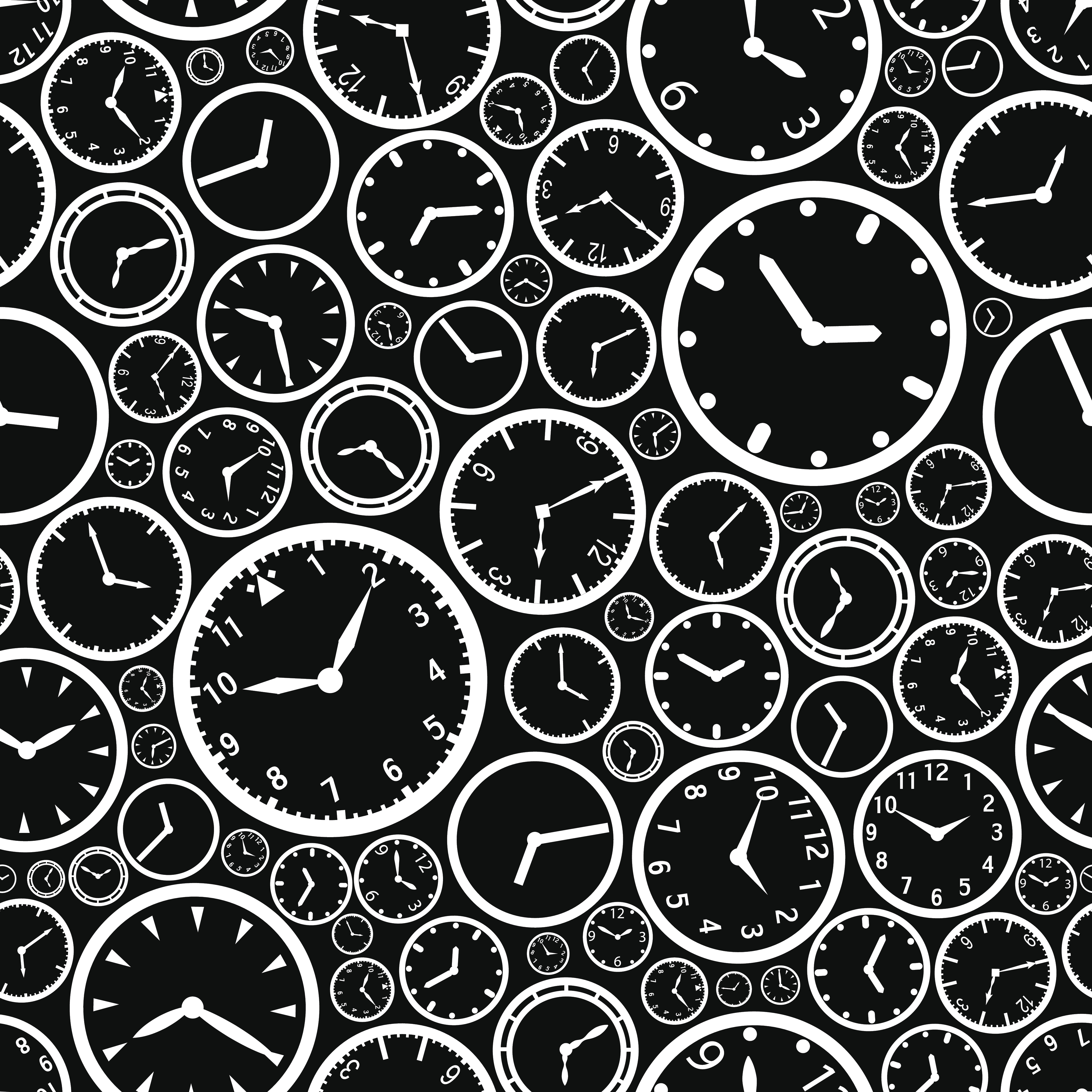How a New Zealand insect hunter created daylight saving time
And how the golf, barbecue, and candy industries pushed it in America

Turning the clocks ahead is an American rite of spring — but not everyone thinks it's a good idea. Here's everything you need to know:
Who came up with the idea?
Daylight saving time was first proposed in 1895 by George Vernon Hudson, a New Zealand postal worker and amateur entomologist. Hudson suggested moving clocks ahead in spring, so the sun would rise later in the day and shine longer into the evening during the warmer months. Hudson thought that would make those later hours more productive — which in his case meant he'd have more time to hunt insects after work — while also conserving resources by reducing "the excessive use of artificial light." The idea wasn't taken seriously at first, but in 1916 Germany became the first nation to implement daylight saving time, as a fuel-saving measure during World War I. England and the U.S. soon enacted DST laws of their own, ostensibly in the same spirit of wartime conservation. But profit was also a driving force — in large part, the U.S. Chamber of Commerce pushed America's clocks ahead.
The Week
Escape your echo chamber. Get the facts behind the news, plus analysis from multiple perspectives.

Sign up for The Week's Free Newsletters
From our morning news briefing to a weekly Good News Newsletter, get the best of The Week delivered directly to your inbox.
From our morning news briefing to a weekly Good News Newsletter, get the best of The Week delivered directly to your inbox.
What was the rationale?
Business leaders reasoned that people are more likely to shop after work if it's still light when they punch out, explains Tufts University professor Michael Downing, author of Spring Forward: The Annual Madness of Daylight Saving Time. Recreation industries were especially bullish on DST. "Golf ball sales skyrocketed," Downing says, and organized baseball was "a huge early supporter" in that era before illuminated parks. But nationally, he notes, the time switch was "fantastically unpopular." A century ago, when more Americans lived in rural areas, people rose and went to bed earlier. Farmers hated DST — turning clocks ahead meant an hour's less morning light for moving goods to market. Before World War I had even ended, Downing says, Congress had repealed DST "to quell the revolt from the farm lobby."
Was that the end of the idea?
No. It remained a local option, and continued in a few states, such as Massachusetts and Rhode Island. During World War II President Franklin D. Roosevelt established year-round DST to save energy. After the war, localities were again free to use DST — or not. That left the U.S. a patchwork of "cities observing daylight saving time surrounded by rural areas that are not," Downing says. On one 35-mile stretch between Ohio and West Virginia, buses passed through no fewer than seven time changes. The chaos eventually inspired the 1966 Uniform Time Act, America's first peacetime DST law. (Two states continue to opt out: Arizona and Hawaii.) During the 1973-1974 OPEC oil embargo, President Nixon signed a bill calling for year-round DST. The experiment was short-lived, partly because of an outcry from parents worried their children might get struck by cars on dark school mornings. But the idea of having naturally lit evenings was now firmly embedded, and was eventually expanded.
A free daily email with the biggest news stories of the day – and the best features from TheWeek.com
How so?
In 1986, Congress extended DST from six months to seven, largely on the basis of testimony from business lobbies. Advancing clocks meant $200 million in additional sales for the golf industry, Downing says, while the barbecue industry moved an extra $100 million in "grills and charcoal briquettes." Candy lobbyists were so anxious to have Halloween covered by DST that they put candy pumpkins on the seat of every U.S. senator. Other proponents stressed energy conservation. In 2005 President George W. Bush signed an energy bill that extended DST by yet another four weeks, to eight months in total. Polls at the time suggested most Americans approved of the move, but there remains considerable disagreement about the pros and cons of DST.
Why the disagreement?
For one thing, research results on its benefits are mixed. While a 2008 Department of Energy report found Americans' electricity use decreased by 0.5 percent after the Bush extension, other studies say DST actually increases energy consumption. Stanton Hadley of the Oak Ridge National Laboratory says that "lighting is not the big driver that it used to be," and that air conditioner use in extended daylight hours may outweigh any savings. Some critics contend that when we spring forward or fall back, the abrupt shift affects well-being. "Changing time disrupts sleep, causing more heart attacks, strokes, on-the-job accidents, and lost productivity," says economist Allison Schrager.
What do DST's defenders say?
They contend it's shortsighted to focus on the brief sleep disruption of the time change periods in March and November. "Those effects take place over a day, maybe up to three days — versus daylight saving time itself, which lasts eight months," says David Prerau, author of Seize the Daylight: The Curious and Contentious Story of Daylight Saving Time. Advocates point out that exposure to extra sunlight boosts Vitamin D, and various studies show it cuts down on road accidents and robberies. DST's future, however, may lie with voters — and many of them hate the time changes. Several states are considering measures to live permanently on either DST or standard time. "There are so many people around the state who support keeping the disruption out of our lives," says Democratic State Rep. Dan Pabon, who is leading a bipartisan effort to exempt Colorado from time changes. "People have enough to deal with already."
Daylight savings and SAD
For many people with seasonal depression, DST isn't the problem — it's the falling back part. Though returning to standard time in early November brings an extra hour of morning light, it shines when most people are indoors, preparing for their day, notes Norman Rosenthal, the first psychiatrist to diagnose Seasonal Affective Disorder. Dark afternoons, he says, can be debilitating for SAD sufferers, who typically exhibit irritability, fatigue, depression, and a craving for carbs. "It's very hard to actually accept that the waning light can be having such a potent effect," Rosenthal says. But not all experts agree. Nicholas Rummo, who heads the Center for Sleep Medicine in Mount Kisco, New York, contends that daylight saving time makes life more difficult for his SAD patients; they need morning light and feel worse when they awaken in darkness. "Our circadian rhythms were set eons ago," he says, "to a rhythm that didn't include daylight saving time."
-
 A TikTok trend has Gen Z men leaving streetwear behind for more preppy attire
A TikTok trend has Gen Z men leaving streetwear behind for more preppy attireThe Explainer More than a zipper: Young Black men embrace the ‘quarter-zip movement‘
-
 Codeword: December 12, 2025
Codeword: December 12, 2025The daily codeword puzzle from The Week
-
 Sudoku medium: December 12, 2025
Sudoku medium: December 12, 2025The daily medium sudoku puzzle from The Week